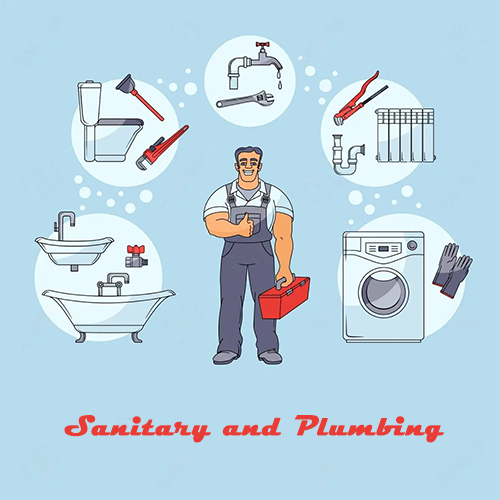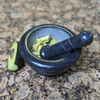Sanitary and Plumbing Supply - Plumbing Supplies On Sale

Sanitary and plumbing systems are crucial components of any building, whether residential or commercial. They ensure the safe and efficient distribution of water and the proper disposal of waste. In this blog post, we will discuss the basics of sanitary and plumbing systems, including their functions, components, and maintenance.
Sanitary Systems
Sanitary systems are designed to remove and dispose of wastewater and sewage from buildings. They consist of a network of pipes, fixtures, and fittings that transport wastewater from sinks, toilets, showers, and other sources to the sewer system or septic tank. A typical sanitary system includes the following components:
Drainage pipes: These are the pipes that carry wastewater and sewage from the building to the septic tank or sewer system.
Vent pipes: These pipes allow air to enter the drainage system, which prevents water from siphoning out of traps and helps maintain proper drainage.
Traps: These are U-shaped pipes that prevent sewer gases from entering the building by trapping a small amount of water.
Sewer line: This is the pipe that connects the building's drainage system to the municipal sewer system or septic tank.
Plumbing Systems
Plumbing systems are responsible for distributing clean water throughout a building and removing wastewater. They consist of a network of pipes, fixtures, and fittings that transport water to sinks, showers, toilets, and other water-using appliances. A typical plumbing system includes the following components:
Water supply pipes: These are the pipes that carry clean water from the municipal water supply to the building.
Fixtures: These are the devices that use water, such as sinks, toilets, and showers.
Valves: These are devices that control the flow of water in the plumbing system, such as shut-off valves and pressure regulators.
Drainage pipes: These pipes carry wastewater and sewage away from fixtures and into the sanitary system.
Maintenance
Proper maintenance of sanitary and plumbing systems is crucial to ensure their efficient and safe operation. Regular inspection and cleaning of drainage and vent pipes can prevent blockages and clogs. Checking for leaks and repairing them promptly can prevent water damage and mold growth. It is also important to maintain proper water pressure and temperature to prevent damage to fixtures and appliances.
In conclusion, sanitary and plumbing systems are essential components of any building. Understanding their functions, components, and maintenance requirements can help ensure their safe and efficient operation. If you're experiencing any issues with your sanitary or plumbing systems, it's important to contact a licensed professional plumber or contractor to diagnose and repair the problem.





